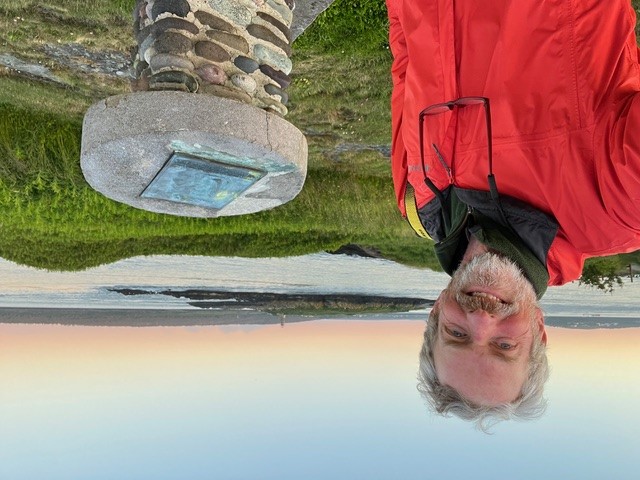Age Group:
AdultsProgram Description
Event Details
Author: Mark C. Borton
Was Franklin Roosevelt’s plan to use 26-foot-high tides in the western Bay of Fundy to generate electricity a “Moondoggle”— a wildly impractical scheme—as its critics claimed? Or was it visionary thinking and brilliant engineering—a clean source of perpetual power? Either way it was going to be the world’s biggest electric power plant—and require seven miles of dams to enclose 150 square miles of the Atlantic Ocean off the coast of Maine and New Brunswick.
Moondoggle is about the Passamaquoddy Bay Tidal Power Project, or “Quoddy.” It was as designed by Dexter Cooper who built the world’s four largest hydroelectric power plants. Construction began during the Great Depression in 1935 as part of President Roosevelt’s “New Deal.” Then “Quoddy was killed.”
“Who killed Quoddy?”—has been a mystery for nearly a century. Was it one of Roosevelt’s political rivals? Or the man who caused the biggest bankruptcy in US history? Or was it sabotage by the US Army Corps of Engineers who were building it? Moondoggle lays bare the suspects’ motives and means, and is based on exhaustive research, never-before published family letters, and formerly classified government documents.
Quoddy was Controversial. It exemplified the challenges faced by inventors of disruptive technologies versus the status quo. It highlighted the contest for control of America’s rivers by privately-owned “public utility” monopolies versus trust-busting “public power” advocates—but tidal waves of “fake news” overwhelmed the facts. Cast as a life-or-death contest between Communism and Capitalism, Quoddy became a national issue in Republican versus Democrat political fights and the 1936 presidential election. Quoddy was also entangled in World Wars I & II, and its ghost lurks in the shadows of Russia’s 2022 invasion of Ukraine.
Quoddy was Big News. It featured an international cast of famous characters and generated hundreds of articles in regional and national publications, including the Boston Globe, New York Times, Time, Newsweek, Saturday Evening Post, and National Geographic. It was fascinating reading then—and now.

Mark C. Borton was the creator and publisher of the Embassy Boating Guide series of books covering the east coast of the United States from Maine to Florida. Over 30 years, the four volumes have gone through more than 50 printed editions and have sold more than one quarter of a million copies. The New York Times said, “Embassy Guide is all that most skippers will want or need to know,” and Sail magazine called it, “The ultimate guide in copious content and style.”
Borton also created the Maptech Waterproof Chart series, which now includes 90+ titles.
Borton led the team that won the U.S. Dept. of Commerce’s SC2 national competition for economic development plans—and a $560,000 unrestricted cash prize.
Borton wrote Moondoggle: Franklin Roosevelt and the Fight for Tidal-Electric Power at Passamaquoddy Bay, (Down East Books, 2023). Moondoggle has been nominated for the John Lyman Book Award from the North American Society for Oceanic Research. “I can confirm it's a fascinating book,”– Canadian Broadcasting Corporation (CBC), Information Morning—Saint John (NB) with Julia Wright.
Borton is currently writing The Tide-Watcher’s Guide to the Bay of Fundy and investigating archeology sites he discovered in Maine and Nova Scotia.
